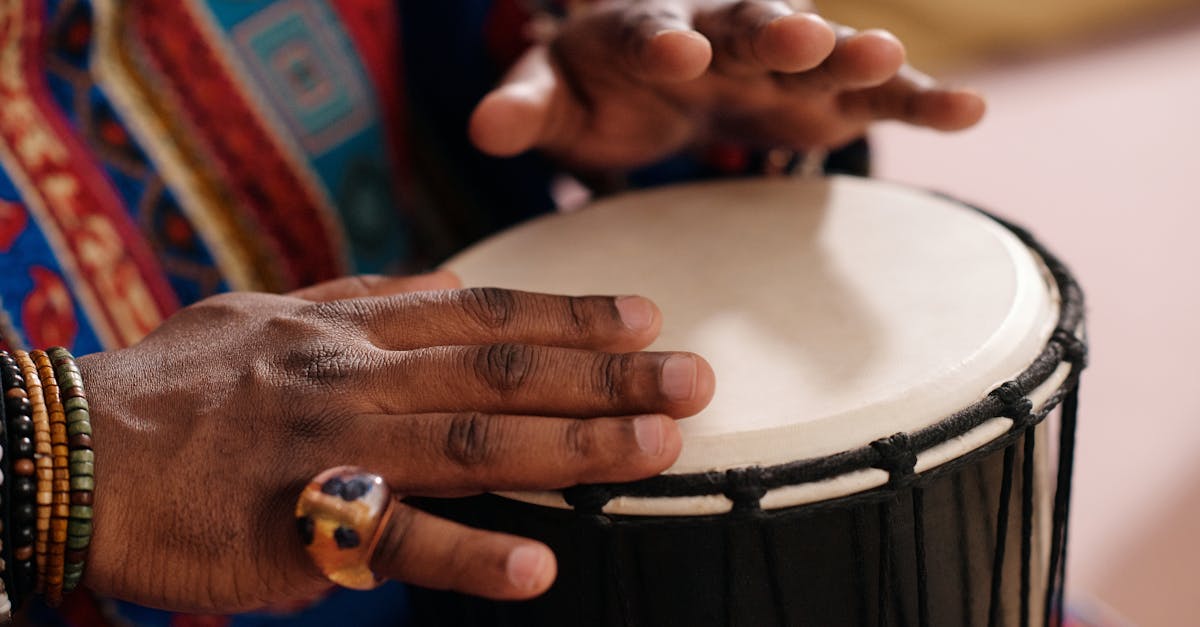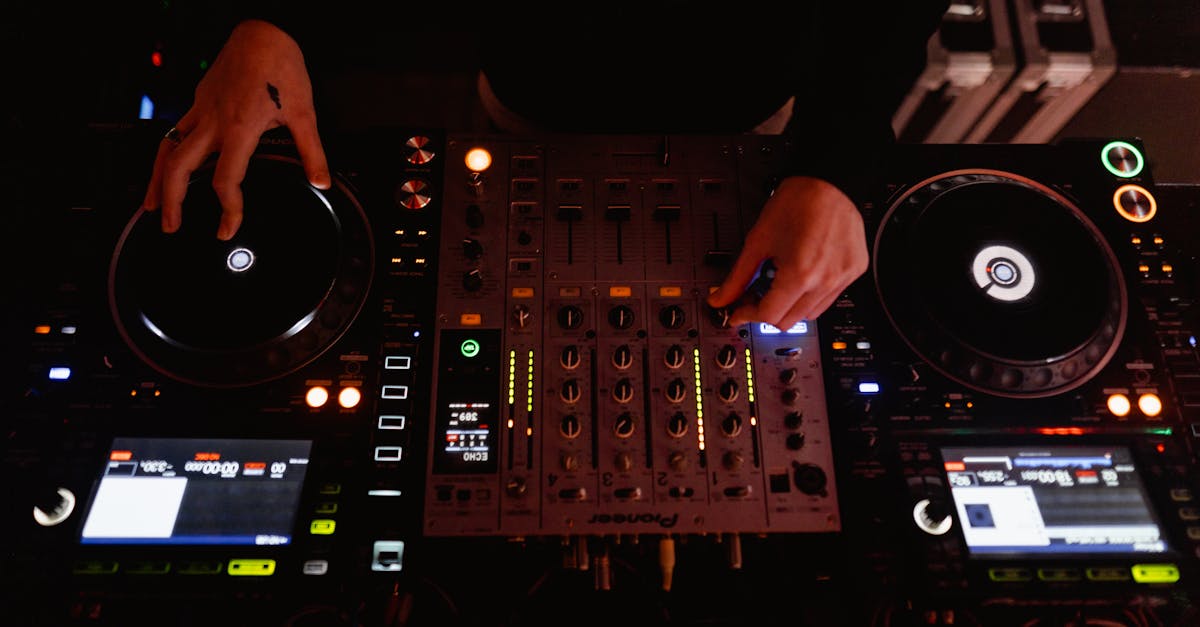Melodic Odyssey Exploring Global Echoes
Introduction
Music brings the world together, transcending boundaries and cultures with rhythms that tell individual and collective stories. In today's globalized society, the soundscape includes a vast repertoire of tunes, each with its own history and cultural significance. Whether through the hypnotic beats of African drums or the delicate strings of Japanese koto, music resonates deeply with the human soul. While some melodies remain rooted in tradition, others blend into a fusion of styles, connecting continents through shared emotional expressions. This melodic odyssey explores the beautiful diversity found in global music, revealing how echoes of foreign lands resonate with listeners worldwide.
Advertisement
Traditional African Rhythms
Africa, often referred to as the cradle of humankind, hosts a tapestry of musical traditions, each reflecting the distinct culture of its people. Traditional African music is deeply connected to rituals, storytelling, and communal events. Drumming plays a pivotal role, with intricate rhythms that can convey messages over vast distances. Instruments such as the mbira, kora, and djembe are not just musical devices but are integral to the social and religious fabric. The call-and-response singing style captivates listeners, reinforcing community ties and shared experiences. As African music journeys across continents, it integrates into various genres, influencing jazz, blues, and hip-hop.
Advertisement
The Enigmatic Sounds of Carnatic Music
Originating from Southern India, Carnatic music is a classical music form characterized by its complex rhythmic patterns and devotional songs. It places a strong emphasis on vocal expression and employs a set of ragas (melodic frameworks) and talas (rhythmic cycles). Listeners often find themselves entranced by the delicate nuances of vocal improvisation, supported by traditional instruments like the veena, mridangam, and violin. A highlight of Carnatic music is its devotional aspect, often centered around Hindu deities. While primarily practiced in India, its global spread has seen practitioners across Europe and America, making it a universal conduit of spiritual resonance.
Advertisement
The Harmony of Middle Eastern Maqam
Middle Eastern music, with its enchanting harmonic structures, centers on the maqam system, a unique musical modal system defining specific scales and emotional resonances. Instruments such as the oud, qanun, and ney create haunting melodies that echo the profound cultural and philosophical heritage of the region. Often intertwined with poetry, classical Arabic songs explore themes of love, longing, and beauty. The intricate rhythms and maqamic improvisations invite listeners into a world of auditory poetry, offering a sensory journey through the Middle East's rich and storied past. Globally, the influence of these sounds can be detected in genres ranging from jazz to modern pop.
Advertisement
The Alluring Melodies of Flamenco
Flamenco is a passionate and potent art form that combines song, dance, and instrumental music, originating from the Spanish region of Andalusia. Marked by profound emotion and fiery expression, flamenco tells stories of life's joys and tribulations. At its heart is the cante (song), with intricate guitar (toque) supplements and the compelling dance (baile) characterized by percussive footwork. This vibrant art form, once confined to Spain's borders, now thrives on stages worldwide, influencing diverse genres. Modern flamenco's fusion with styles like pop and jazz demonstrates its dynamic evolution, showcasing the timeless allure of its rhythmic echoes.
Advertisement
The Evocative Sonics of Japanese Koto
In Japan, the koto—an elegant string instrument—is a central figure in traditional music, introduced during the Nara period over a millennium ago. Its soothing melodies and ethereal quality reflect Zen aesthetics, conveying tranquility and introspection. Traditional koto music accompanies ceremonial events, embodying the spirit of Japanese culture through its connection to poetry and nature. Modern interpretations incorporate Western elements, bridging cultural gaps as musicians across the globe embrace this art form. The global audience, recognizing its musical richness, appreciates the koto's calming echoes, reflecting Japan's unique cultural narrative.
Advertisement
Latin America's Rhythmic Diversity
Latin America possesses a vibrant and diverse musical landscape, shaped by indigenous, European, and African influences. Genres like samba, tango, and salsa represent a celebration of cultural evolution and social narratives. Each offers dynamic rhythmic structures and infectious beats that resonate with audiences worldwide. The pulsating drumbeats and syncopated rhythms stimulate the senses, while lyrical content often displays themes of love, struggle, and celebration. As Latin American sounds migrate and intertwine with global music, their infectious energy and spirit inspire artists, finding continuity in eclectic music forms ranging from pop to electronic.
Advertisement
Celtic Harmonies and their Mystique
Celtic music, with its origin rooted in the tradition-rich lands of Ireland and Scotland, resonates with enchanting melodies often played on fiddles, flutes, and harps. Evoking a sense of nostalgia and the mystique of ancient Celtic lore, this music is lyrical and poetic, frequently drawing on folk tales and myths. Enriched by jigs and reels, upbeat dance rhythms contribute a lively dimension, inviting participation and celebration. Today, Celtic music finds a global audience not only for its traditional tunes but through its fusion with modern styles like rock and pop, casting its melodic spell far beyond its historical homelands.
Advertisement
The Future of Global Musical Echoes
As cultures continue to intersect in our interconnected world, music evolves as a fusion of traditional and contemporary styles. The accessibility of digital platforms allows artists to experiment freely, blending influences and creating new genres. Collaborations among global musicians promote cross-cultural understanding, fostering creativity and innovation. While preserving cultural roots, artists have the freedom to explore and reinterpret age-old practices, making music both a vehicle for cultural expression and global dialogue. Music, as an evolving entity, promises to enrich listeners' experiences, filling the world with harmonious echoes that unite diverse cultures.
Advertisement
Summary and Conclusion
In conclusion, the melodic odyssey explores global echoes and the profound impact of diverse musical traditions on the world's cultural fabric. Music, an inseparable part of human identity, provides a platform for storytelling through its harmonic diversity and rhythmic resonance. As musicians bridge cultural divides with innovative fusions, global listeners remain captivated by sounds that transcend geographical barriers. As traditions blend with modern interpretations, the universal language of music continues to evolve, forging emotional connections between people and nations. Indeed, music resonates as a testament to humanity's shared experiences, creating what is truly a global symphony.
Advertisement







